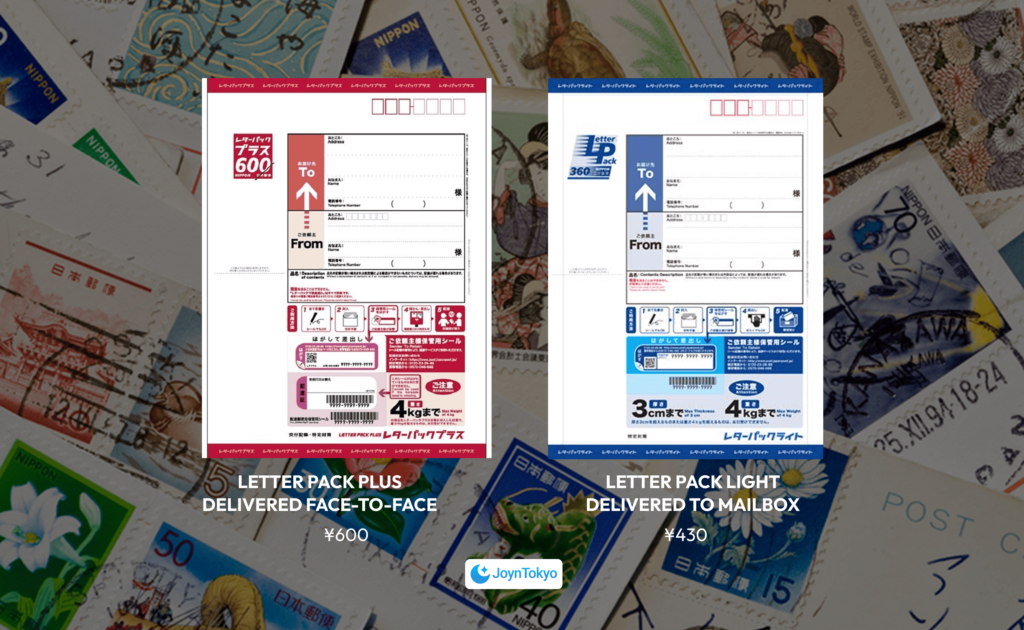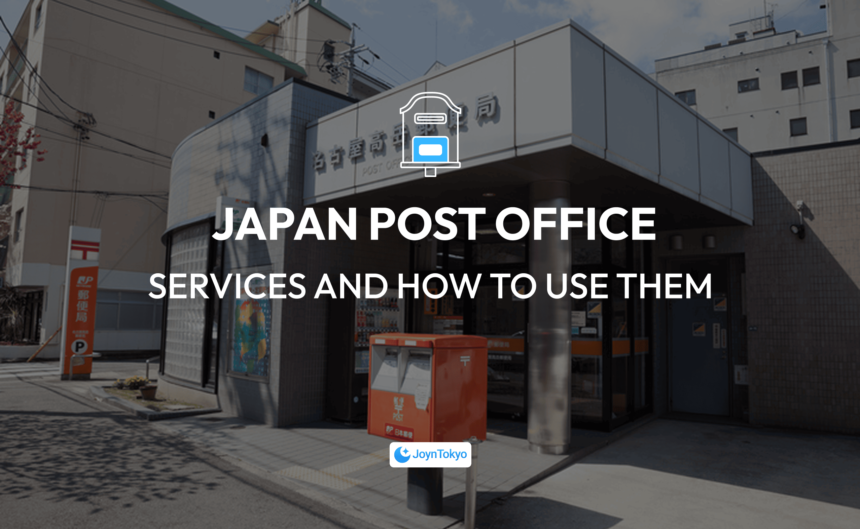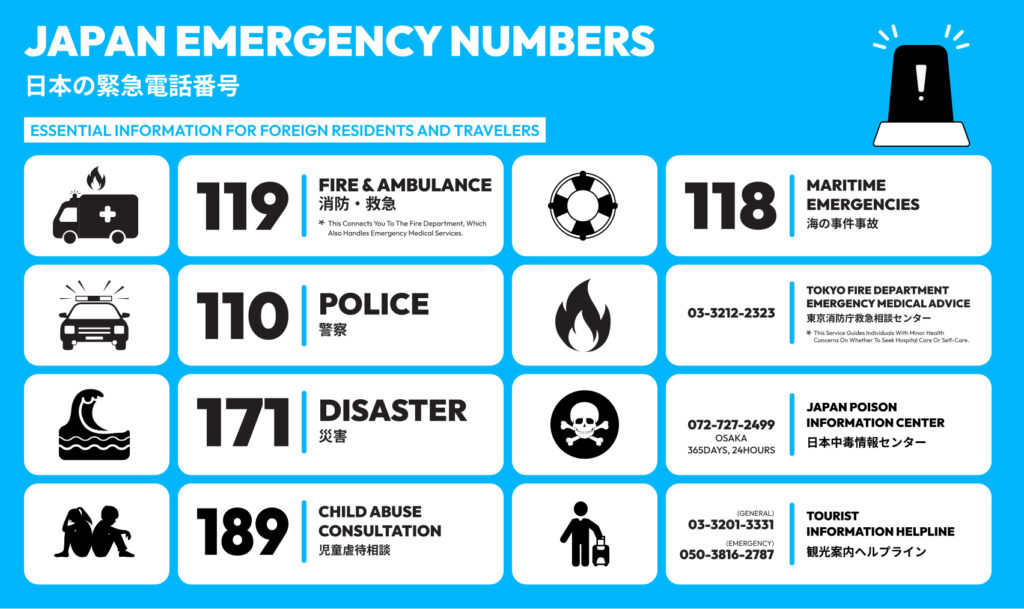The Japan Post Office is an essential part of daily life, offering reliable postal services alongside banking and insurance options. Whether sending mail domestically, internationally, or managing finances, understanding Japan Post’s system will help streamline your experience. This guide covers the main services, how to use them, and useful tips for navigating Japan Post effectively.
Overview of Postal Services in Japan
Japan Post is known for its efficiency and reliability, handling domestic and international mail, express shipping, and logistics. It offers a range of services catering to different needs, from standard letter delivery to expedited parcel shipping.
Japan Postal Service: Domestic Letters and Packages
Japan’s domestic mailing system, operated by Japan Post Holdings, is known for its ease, reliability, and broad coverage. Services are clearly structured and widely accessible even if you’re sending a simple letter or an important document. Optional add-ons like tracking, delivery confirmation, and weight-based pricing let senders tailor postage to their needs.
How to Send a Letter in Japan

Sending a letter in Japan is straightforward, with a tiered pricing system based on size and weight, plus options for extra security or proof of delivery. Here is a basic overview of the steps to take when sending a letter in Japan.
- Prepare the Letter: Place your letter in an envelope and write the recipient’s address in the correct Japanese format (postal code, prefecture, city, street address, and name).
- Attach Postage: The postage depends on the envelope’s weight and whether it’s standard or non-standard size. Standard-sized letters up to 50 g cost ¥110. Non-standard-sized items (up to ~34 cm × 25 cm × 3 cm) start at ¥140 for the first 50 g, increasing with weight
- Drop Off the Letter: You can conveniently drop your mail into the iconic red postboxes marked “〒” or take it to any post office. For sensitive or important items, use Registered Mail (Kakitome) to gain tracking and delivery confirmation.
- Delivery Time: Domestic mail is impressively fast, typically delivered within 1–2 days within the same region, and around 3 days to other prefectures, depending on geography and any intervening holidays.

Sending a Package in Japan

Japan’s domestic parcel services are reliable, efficient, and easy to use. The system offers a variety of options suited to different item types, delivery speeds, and packaging requirements. Post offices and many convenience stores accept packages, and most services provide tracking, optional insurance, and scheduled delivery. Discounts are available for counter drop-offs and multiple parcels sent to the same address.

Flat-Rate Envelope Options
Prepaid, trackable envelopes are a convenient choice for sending documents or small, lightweight items. They are available nationwide, can be purchased at post offices and convenience stores, and include built-in postage to simplify mailing.
- Letter Pack Light (Blue) – ¥430; holds A4-size items up to 3 cm thick and 4 kg. Delivery is made directly to the recipient’s mailbox, which makes it suitable for items that do not require a signature.
- Letter Pack Plus (Red) – ¥600; accommodates A4-size items without a thickness limit, up to 4 kg. This service requires in-person delivery and a recipient’s signature, offering an extra layer of security.
Yu-Pack (ゆうパック) – Standard Parcel Service
Yu-Pack is Japan Post’s main domestic parcel service, handling packages up to 25 kg with combined dimensions (length + width + height) of up to 170 cm. It offers delivery time and date scheduling, default compensation up to ¥300,000, and the option to purchase additional insurance for high-value items.
Additional benefits:
- Carry-in Discount – A ¥120 discount is applied when parcels are dropped off directly at a post office counter. This can help reduce costs for frequent shippers.
- Multi-Parcel Discount – A ¥60 discount per package is available when multiple items are sent to the same destination at the same time, making it useful for bulk shipments.
Rates depend on package size and delivery location. For example, from Tokyo, a 60-size parcel starts at ¥820, while a 170-size parcel can cost around ¥3,000.
Special Parcel Options
Japan Post provides a range of specialized services designed for specific types of shipments. These options allow senders to maintain item quality, ship equipment ahead of time, or streamline travel logistics.
Airport Yu-Pack – Delivers luggage directly to the departure airport, where it can be collected before checking in. Fees vary based on parcel size and destination airport.
Refrigerated Yu-Pack (Chilled/Frozen) – Keeps contents at controlled temperatures: 0 °C–5 °C for chilled items or below –18 °C for frozen items. It is available for parcels up to 100 cm in length and 150 cm in total dimensions, with additional fees applied.
Golf Yu-Pack – Allows customers to send golf equipment directly to a hotel, resort, or course before arrival. This reduces the need to carry bulky items during travel.
Ski Yu-Pack – Ships ski or snowboard equipment to the destination ahead of the sender’s trip. It is particularly popular during winter sports season.
Express and Registered Services
These services are designed for urgent or secure deliveries, providing faster transit times or proof of delivery. They can be added to certain postal and parcel services for extra reliability.
- Express Mail (Sokutatsu) – Speeds up delivery for postal items and Yu-Mail shipments. The extra fee starts at +¥300 for items up to 250 g and increases based on weight, ensuring priority handling and faster arrival.
- Registered Mail (Kakitome) – Adds a tracking number, proof of delivery, and compensation coverage to the shipment. This is often chosen for valuable documents or goods requiring secure handling.

Japan Postal Service: International Mailing

Japan Post offers a range of international shipping options to suit different budgets and delivery timelines. Services vary in speed, price, and included features such as tracking, insurance, and delivery guarantees. All international shipments must follow destination country regulations and may require customs documentation.
Sending Mail Abroad
International mailing options differ in delivery time, cost, and tracking availability. Choosing the right service depends on the urgency of the shipment, the type of contents, and the level of security required.
- EMS (Express Mail Service) – The fastest international option, with delivery typically within 2–4 days to major destinations. Includes tracking and insurance, with rates starting from ¥1,400. Suitable for urgent and valuable shipments.
- Airmail – A balanced choice offering delivery in about 3–7 days. Tracking is available if combined with registered mail. Prices start from ¥90 for lightweight items.
- SAL (Surface Air Lifted) – A budget option where items are transported by surface domestically, then by air internationally. Delivery takes around 2–3 weeks, with rates starting from ¥920. Tracking is available for registered SAL items.
- Sea Mail – The most economical but slowest service, taking 1–3 months depending on the destination. Prices start at ¥780, and tracking can be added for registered shipments.
Prepare the Package: Pack items securely to prevent damage in transit, and write the recipient’s address in English or the official language of the destination country. Include your return address for safety.
Fill Out Customs Forms: CN22 or CN23 customs declarations are required for packages. The correct form depends on weight, value, and service type. Forms can be completed at the post office or online.
Pay and Get a Tracking Number: EMS and registered services include tracking by default. The tracking number allows you to monitor the package’s progress both in Japan and after it enters the destination country’s postal network.
Receiving International Mail in Japan
Incoming international mail is subject to customs inspection and may incur import duties or taxes depending on the contents and declared value. Some shipments require additional documentation before clearance.
If a package requires payment or redelivery, Japan Post will issue a notification slip with instructions. Recipients can arrange redelivery online, by phone, or by visiting the designated post office. For faster customs processing, it is recommended to provide accurate and detailed declarations at the time of shipment.
How to Use Japan Post Office Services
Japan Post maintains a large network of branches throughout the country. Business hours are generally 9:00 AM to 5:00 PM on weekdays, although certain urban locations operate longer hours or open on weekends. Customers can find the nearest branch through Japan Post’s website or using mapping apps.
Sending Mail at the Post Office
Before visiting the counter, address the item correctly and secure its contents to prevent damage. At the post office, purchase the required postage at the counter or use a self-service kiosk for standard services. Drop off the mail in an appropriate mailbox or hand it to staff for special handling, such as EMS or registered items. Keep the receipt as proof of postage and for tracking purposes.
Convenience Store Drop-Off
Many convenience stores partner with Japan Post to accept Yu-Pack parcels. Customers can print shipping labels at in-store kiosks and pay at the counter. This option is especially useful for those unable to visit a post office during standard operating hours.
Tracking and Receiving Packages
Japan Post offers online tracking for most domestic and international services. Tracking information for international items continues through the foreign postal service once the shipment leaves Japan.
If a delivery attempt is missed, the recipient will receive a notification slip that can be used to request redelivery or arrange pickup at the local post office. Redelivery can be scheduled online, via phone, or in person.
Understanding Japan Post’s services ensures efficient mail handling domestically and internationally. With added banking and insurance options, Japan Post plays a vital role in daily life. Familiarizing yourself with its offerings will help streamline your postal and financial transactions in Japan.







